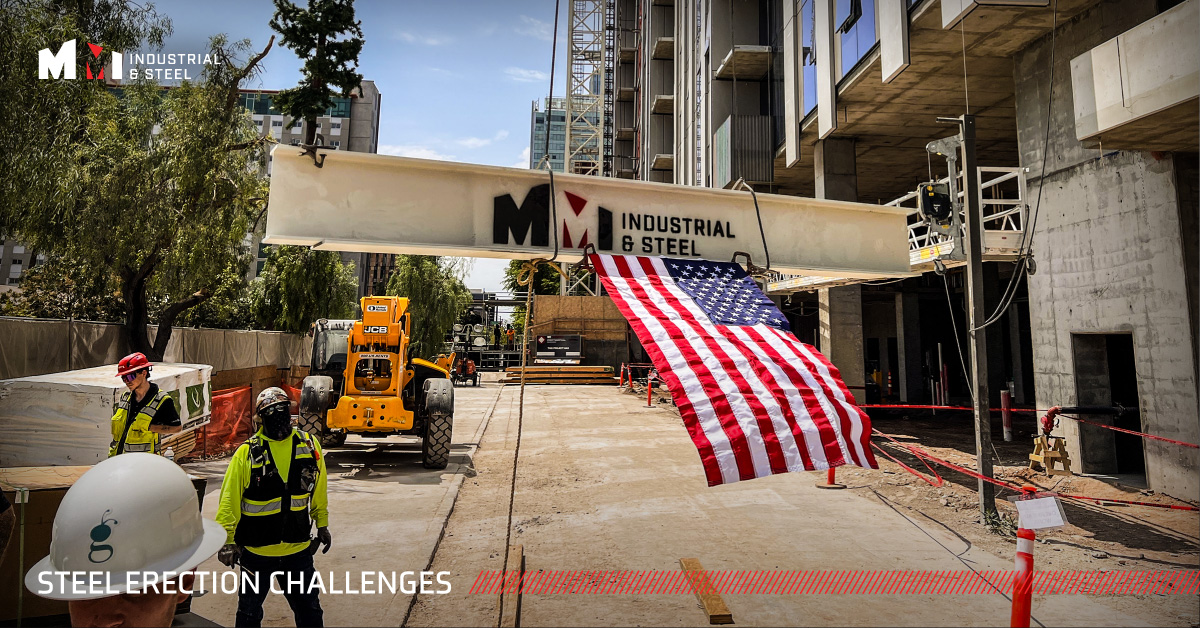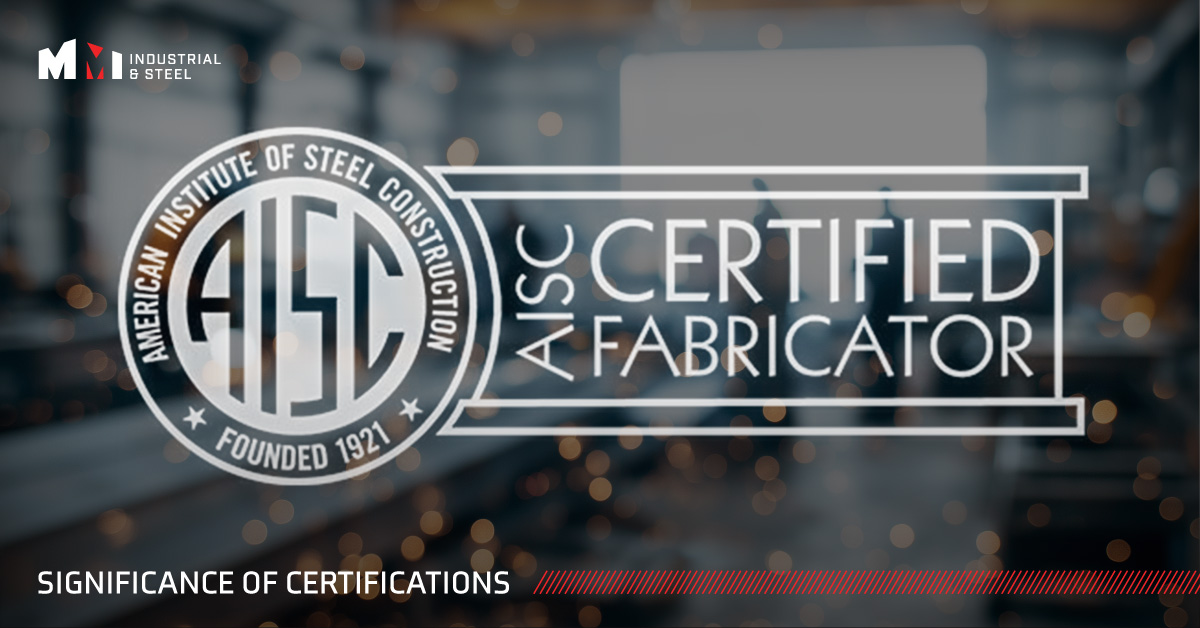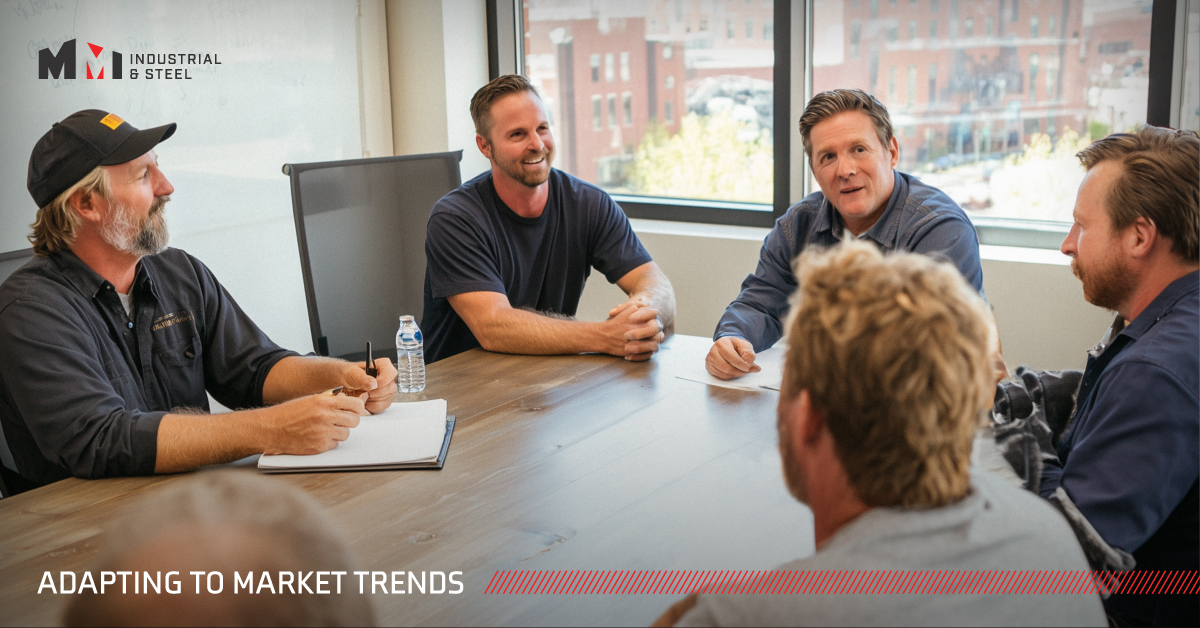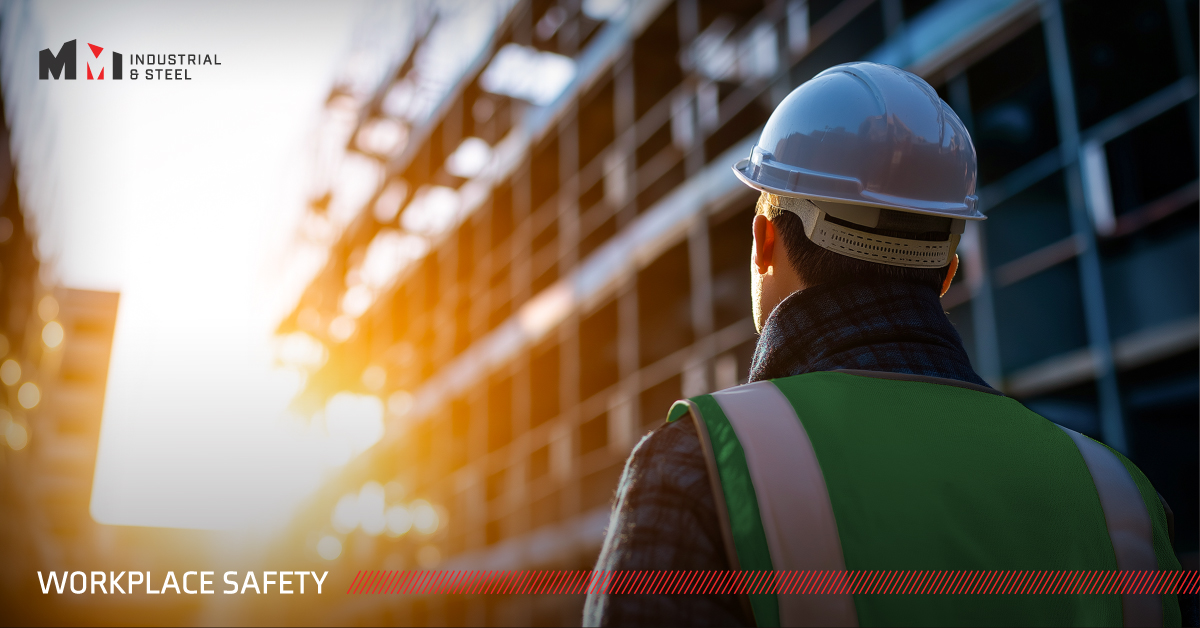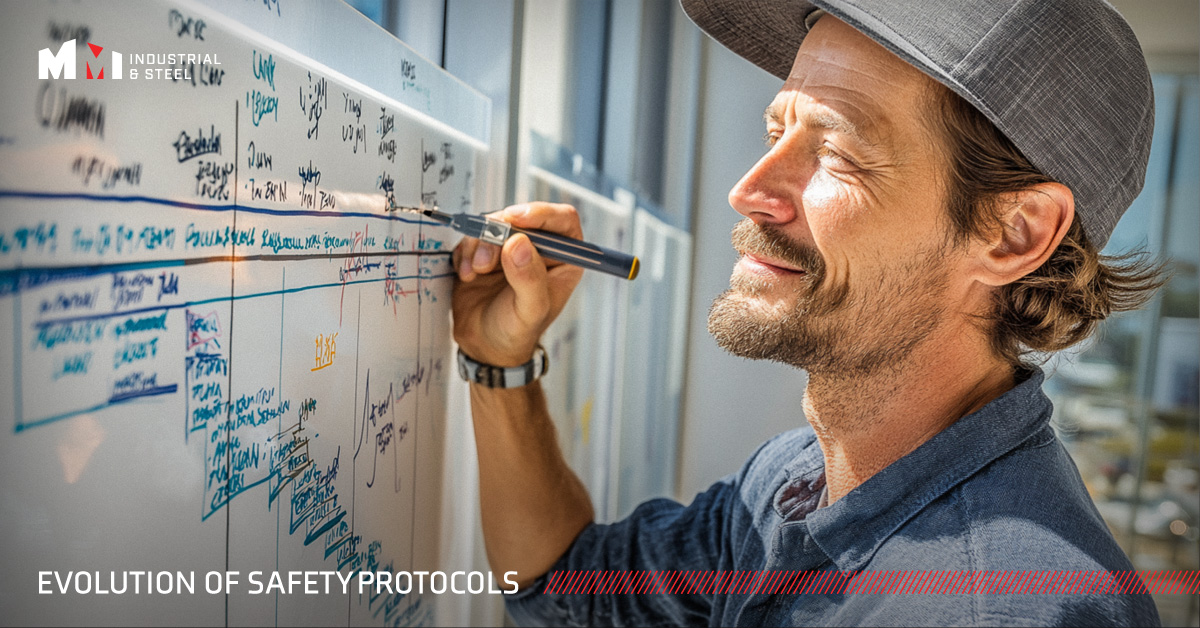
In the industrial services sector, safety has always been a top priority—although protocols have continually evolved over the years. In the earliest days of industrial work, protective practices may have been minimal (think: a solid helmet and a healthy dose of common sense), but today’s safety measures include integrated, technology-driven systems with the goal of a zero-incident work environment.
The evolution of safety protocols represents a constant push toward protecting workers, improving operations, and building trust with clients. It’s more than regulatory progress; it’s a reflection of the industry's ongoing commitment to innovation and responsibility.
Safety Timeline: Key Milestones by Decade
Looking back at the history of safety protocols in industrial services, it’s fascinating to see how regulations have changed with the times. Here’s a quick overview of the history of safety in this field.
1900s–1940s: Common Sense…and Lessons Learned the Hard Way
In the early 20th century, industrial safety was largely informal. Workers had to rely on personal experience, verbal instruction, and limited protective gear to keep them safe. With so little regulation in a relatively new field, industrial accidents were unfortunately common. As it became clear that the industry was only going to expand, it also became clear that there was a very real need for more structured safeguards.
1970s: OSHA Raises the Bar
The creation of the Occupational Safety and Health Administration (OSHA) in 1971 marked a turning point in industry safety. For the first time, safety became a regulated requirement, rather than an optional, “nice-to-have” practice. Early OSHA regulations transformed the industry as they established mandatory training, recordkeeping, and equipment use standards. This created an expectation that companies and teams would be held accountable for personnel safety.
1980s–1990s: Structured Programs and Procedures
The decades after the foundation of OSHA saw the dramatic expansion of safety programs. New practices like lockout/tagout procedures, hazard communication standards, and task-specific training became commonplace. Additionally, regular safety audits emerged as best practice, significantly reducing workplace incidents.
2000s: Creating a Culture of Safety
By the new millennium, safety was seen as a core organizational value, nearly industry-wide. Companies invested heavily in PPE, continuous training, and site-specific protocols. Risk assessments and proactive hazard identification were integrated into projects from the beginning, establishing a safety culture that was more preventive and proactive.
2010s: Technology Joins the Team
Digital innovation reshaped the ways companies approached safety. Modern tools enabled real-time communication, allowing for faster hazard reporting; drones helped perform safer inspections in high-risk areas; and predictive analytics helped leaders anticipate issues and prevent incidents.
2020s and Beyond: Safety Gets Smarter
Today, technology continues to drive advancements in safety. Wearable sensors can monitor worker fatigue and exposure levels. AI-driven monitoring systems and automated reporting tools offer real-time visibility into jobsite conditions. Innovations like these not only protect workers, but also increase efficiency, reduce downtime, and strengthen client confidence.
Millwright Safety: A Critical Focus
Among industrial trades, millwrights face some of the most complex safety challenges. Their work—installing and maintaining heavy rotating equipment—requires strict attention to detail, along with highly specialized training.
Key safety measures include:
- Rigging and lifting protocols: To safely handle oversized equipment, advanced rigging techniques and well-planned lifts are required.
- Lockout/tagout (LOTO): These procedures ensure hazardous energy sources are fully controlled.
- Precision alignment tools: Laser alignment systems improve safety and efficiency, reducing manual strain and risk of injury.
- Confined space and elevated work procedures: Workers are safeguarded in high-risk environments through fall-protection and monitoring systems.
These advancements illustrate how millwright safety has progressed from basic precautions to precision-driven practices, supported by thorough training and advanced technology.
The Lasting Impact
The evolution of safety protocols tells a clear story: this industry is committed to continuous improvement. What started as basic, common-sense practices has matured into a sophisticated, integrated system of regulation, culture, and technology that prioritizes people above all else.
Today, safety is about more than compliance—it’s about responsibility. More than anything else, it ensures that every worker returns home safely, every project stays on track, and every client can trust the team bringing their vision to life.
At MMI Industrial & Steel, safety is part of our culture. We’ve built our reputation on protecting people, projects, and partnerships through rigorous safety standards. If you’re looking for a partner who prioritizes safety as much as results, connect with us today to discuss your next project.
